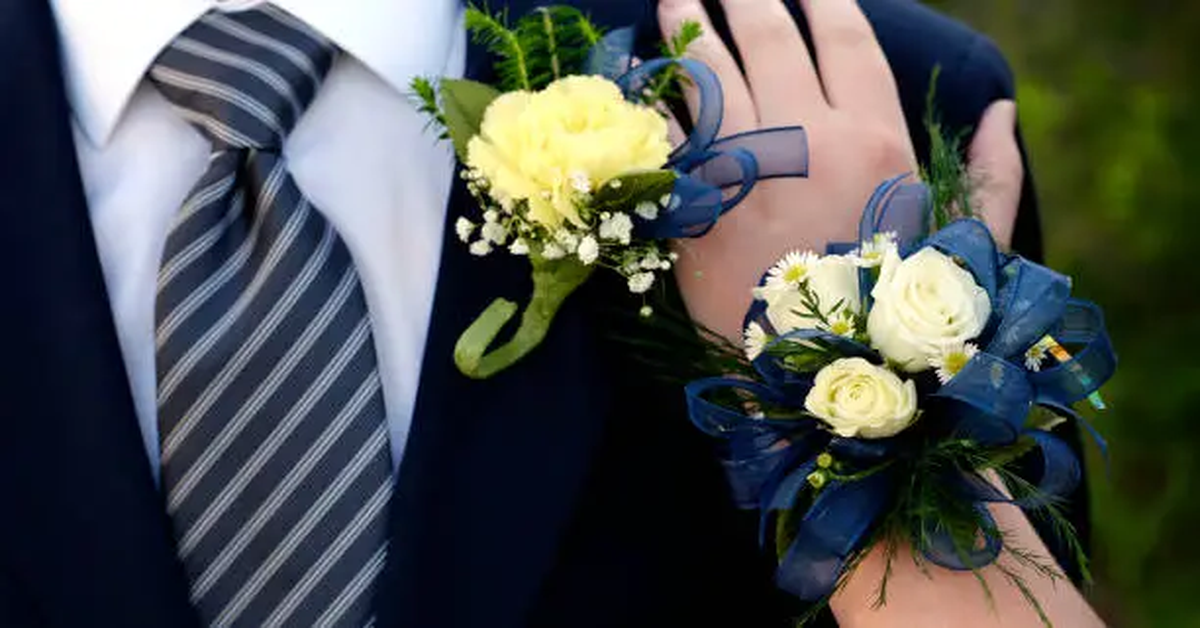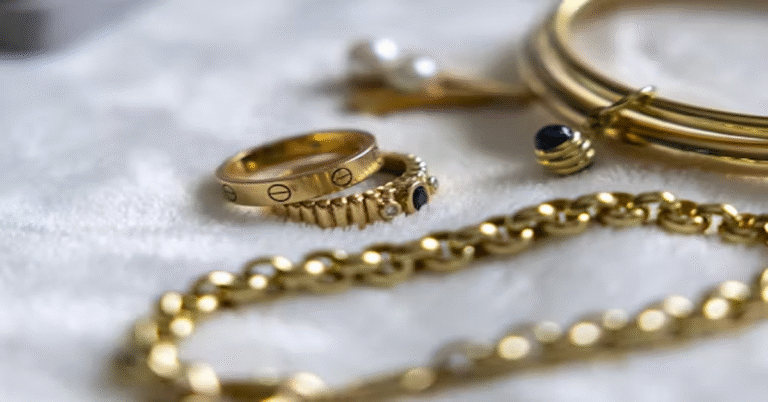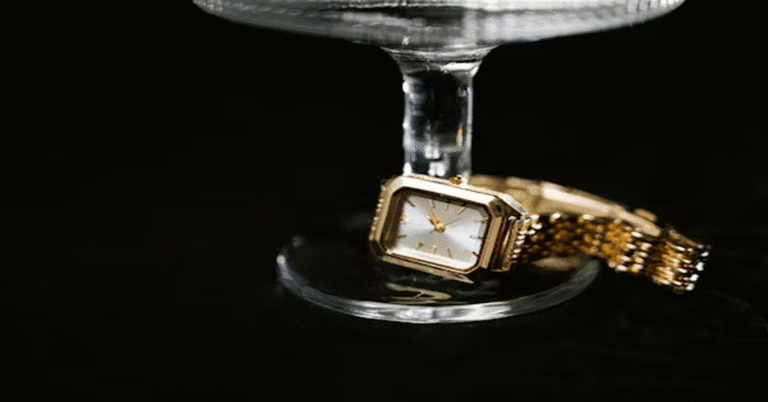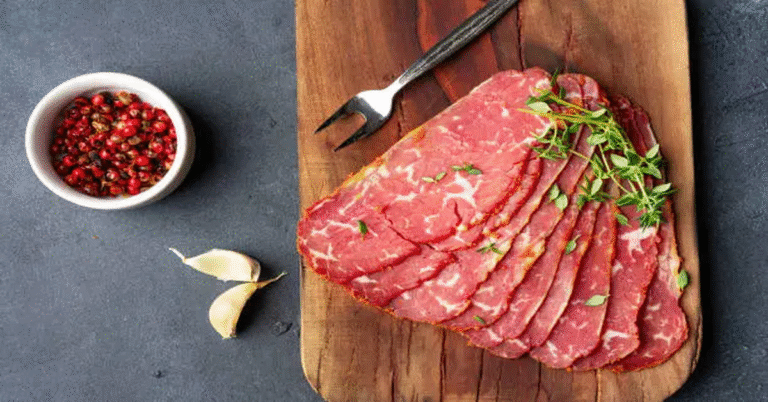
Few accessories combine symbolism, elegance, and tradition as seamlessly as the corsage. More than just a cluster of flowers pinned to clothing or worn on the wrist, the corsage represents moments of significance, ranging from weddings and proms to anniversaries and formal events. While corsages are widely recognized as part of Western traditions, their origins and symbolic meanings span centuries and cultures.
Today, corsages continue to evolve, moving beyond the simple boutonniere-style designs of the past. With innovative floral arrangements, eco-friendly materials, and even alternatives like silk or fabric corsages, this accessory still holds a strong place in modern celebrations. Whether as a token of affection, a gesture of respect, or a stylish fashion statement, the corsage remains an enduring symbol of elegance.
This article provides an in-depth exploration of corsages—covering their history, types, cultural meanings, design techniques, and modern applications. You’ll also learn how corsages compare to boutonnieres, their etiquette, and their significance in different occasions.
1. What is a Corsage?
A corsage is traditionally defined as a small arrangement of flowers, often accented with greenery or ribbon, worn by women on special occasions. The word originates from the French “cors,” meaning “bodice,” as the earliest corsages were pinned to the front of a dress near the neckline. Over time, corsages transitioned to being worn on the wrist, shoulder, or even carried as handheld arrangements.
Modern corsages may consist of fresh flowers, silk flowers, or artificial materials, designed not only for beauty but also for durability. They are most commonly associated with weddings, proms, dances, graduations, Mother’s Day, and formal ceremonies.
2. Historical Background of Corsages
The corsage’s roots trace back to ancient civilizations. Flowers were believed to ward off evil spirits, bring good fortune, and symbolize fertility.
- Ancient Greece and Rome: Women wore small floral arrangements at gatherings to invoke protection from spirits.
- Middle Ages: Herbs and flowers were pinned to clothing to prevent disease and attract positive energy.
- Victorian Era: Corsages became a fashionable accessory, with flowers chosen specifically for their meanings under the “language of flowers” (floriography).
- 20th Century America: Corsages became a staple of proms, weddings, and formal dances, symbolizing honor and affection.
This long history shows how corsages evolved from protective charms to fashionable symbols of elegance.
3. Symbolism and Meaning of Corsages
Corsages are not just ornamental; they carry deep meanings tied to emotions, relationships, and traditions.
Symbolic Meanings
| Flower Type | Symbolism in Corsage |
|---|---|
| Roses | Love, passion, and admiration |
| Orchids | Elegance, beauty, and luxury |
| Carnations | Gratitude, luck, and remembrance |
| Lilies | Purity, honor, and respect |
| Baby’s Breath | Innocence, everlasting love |
The meaning of a corsage often depends on the event and the relationship between the giver and the recipient. For instance, at a prom, a corsage symbolizes a date’s affection, while at a wedding, it may represent honor for mothers or grandmothers.
4. Types of Corsages
Corsages have diversified greatly to suit different occasions, clothing styles, and personal preferences.
Common Types of Corsages
| Corsage Type | Description | Occasions Used |
|---|---|---|
| Wrist Corsage | Flowers attached to an elastic or bracelet worn on the wrist. | Proms, weddings, dances |
| Pin-On Corsage | Flowers pinned onto clothing near the shoulder or bodice. | Formal ceremonies, older traditions |
| Handheld Corsage | Small floral clusters carried like a mini bouquet. | Graduations, award ceremonies |
| Ankle Corsage | Worn around the ankle, often with strap sandals. | Modern proms, themed events |
| Hair Corsage | Flowers arranged into hair accessories. | Weddings, cultural events |
This variety allows corsages to complement different outfits and cultural traditions while keeping their symbolic meaning intact.
5. Corsages vs Boutonnieres
Though corsages and boutonnieres are closely related, they serve different roles.
| Aspect | Corsage | Boutonniere |
|---|---|---|
| Wearer | Traditionally worn by women | Traditionally worn by men |
| Placement | Wrist, bodice, shoulder, or hair | Lapel or chest of a suit |
| Size | Larger, often with multiple flowers | Smaller, usually one or two flowers |
| Occasions | Proms, weddings, ceremonies, Mother’s Day | Weddings, proms, funerals, political events |
This comparison highlights how both accessories serve as counterparts, symbolizing unity and balance in formal settings.
6. Corsage Etiquette
Corsages carry with them certain etiquette rules, particularly in formal events like proms and weddings.
- Who Buys the Corsage? Traditionally, at proms, the male date buys the corsage for his partner, while the female buys the boutonniere for her partner.
- When to Wear: Corsages are typically worn throughout the event and may be preserved afterward.
- Colors & Matching: Corsage colors should complement the wearer’s outfit or match their date’s boutonniere.
- Gifting Corsages: Corsages are often given to mothers and grandmothers of the bride and groom at weddings as a sign of honor.
Following these customs ensures that corsages remain respectful and meaningful.
7. Occasions Where Corsages are Used
1. Weddings
Mothers, grandmothers, and other honored women wear corsages to symbolize respect. Some bridesmaids may also wear wrist corsages instead of carrying bouquets.
2. Proms and Homecomings
Perhaps the most iconic modern use, corsages serve as tokens of affection exchanged between prom dates.
3. Graduations and Ceremonies
Corsages highlight achievement and honor during formal academic and professional ceremonies.
4. Mother’s Day
Giving corsages to mothers has long been a gesture of appreciation and gratitude.
5. Funerals and Memorials
Simpler corsages may be worn to honor the deceased or show solidarity.
Corsages, therefore, are versatile across joyful and solemn occasions alike.
8. Materials Used in Corsages
While fresh flowers remain traditional, modern corsages can be crafted with different materials for longevity and creativity.
| Material | Advantages | Common Use |
|---|---|---|
| Fresh Flowers | Natural beauty, fragrance, symbolic meanings | Weddings, proms |
| Silk Flowers | Long-lasting, reusable, weather-resistant | Keepsakes, themed events |
| Fabric & Ribbons | Lightweight, customizable | DIY corsages |
| Jewelry Elements | Sparkle, elegance, luxury | High-fashion corsages |
The choice of material often depends on the event, budget, and whether the corsage is intended as a keepsake.
9. Designing and Customizing Corsages
Modern florists and DIY enthusiasts have turned corsage-making into an art form.
Design Elements to Consider
- Flower Choice: Reflects symbolism, durability, and aesthetics.
- Color Harmony: Should complement the wearer’s attire.
- Size & Comfort: Must be proportional to avoid overwhelming the outfit.
- Accents: Ribbons, beads, lace, or pearls enhance elegance.
- Personalization: Adding charms, initials, or themed decorations.
DIY corsage-making is increasingly popular, allowing for personal touches that make the accessory more meaningful.
10. Corsages in Global Cultures
While corsages are strongly tied to Western events, many cultures have their own equivalents.
- Hawaiian Lei: Similar symbolic purpose, made of flowers worn around the neck.
- Indian Garlands: Used in weddings and religious ceremonies.
- Asian Hair Flowers: Worn in traditional weddings and festivals.
These parallels highlight the universal role of flowers in human celebration and symbolism.
11. Preservation of Corsages
Many people choose to keep corsages as keepsakes. Preservation methods include:
- Pressing Flowers: Flattening and drying between books or presses.
- Silica Gel Drying: Retains shape and color.
- Freeze-Drying: Professional preservation service.
- Resin Casting: Embedding corsage flowers into resin jewelry.
These techniques allow corsages to last as cherished mementos long after the event has passed.
12. Modern Trends in Corsages
Contemporary fashion has expanded corsage designs in creative directions.
- Minimalist Corsages: Single elegant flowers with sleek bands.
- Eco-Friendly Corsages: Using local, seasonal, and biodegradable materials.
- Jewelry-Corsage Hybrids: Blending floral design with wearable jewelry.
- Themed Corsages: Matching event themes, from rustic chic to luxury glamour.
Corsages remain relevant because they adapt to fashion while keeping their traditional symbolism intact.
13. Corsage and Sustainability
In a world shifting toward eco-consciousness, corsage making is also evolving:
- Using local flowers reduces transportation emissions.
- Reusable corsages made of fabric or silk cut down waste.
- Compostable packaging ensures minimal environmental impact.
This sustainable approach makes corsages not just beautiful but also responsible.
Conclusion
The corsage is far more than a floral accessory—it is a symbol of tradition, affection, honor, and personal style. Its long history connects ancient beliefs with modern celebrations, while its adaptability ensures it remains fashionable today. Whether pinned to a dress, worn on the wrist, or preserved as a keepsake, corsages carry stories of love, respect, and memory.
As trends evolve, the corsage continues to thrive, blending classic symbolism with modern creativity. Its endurance across cultures and centuries proves that the beauty of flowers, carefully arranged and gifted, will always hold a place in human celebrations.
FAQs about Corsages
Q1. What is the difference between a corsage and a boutonniere?
A corsage is typically worn by women, often on the wrist or bodice, while a boutonniere is worn by men on the lapel.
Q2. Can corsages be made without fresh flowers?
Yes, many corsages are crafted with silk, fabric, or artificial flowers for durability and keepsake purposes.
Q3. Who traditionally gives the corsage at prom?
Traditionally, the male date buys a corsage for his partner, while the female date buys the boutonniere.
Q4. How long does a fresh flower corsage last?
Fresh corsages typically last one day, but refrigeration and misting can extend freshness for up to 48 hours.
Q5. What are modern alternatives to traditional corsages?
Modern alternatives include eco-friendly corsages, jewelry-flower hybrids, or themed fabric corsages.





